November 7th, 2008[Falando em Agile] Conference Report
The last conference I attended in October was Falando em Agile (Talking about Agile), a 2-day conference organized by Caelum. First of all I need to thank all the organizers for inviting me to speak and for putting together such a great conference.
The content was very mixed, with some people focusing on the management aspects of Agile, while others highlighting the importance of the technical side (with some in between, as well as interesting experience reports). About 200 participants showed up with great questions and experiences, which impressed me and showed how much Agile has grown in Brazil since last year.
David Anderson gave the opening keynote, which focused on his “Recipe for Success”. I find he’s a very opinionated speaker and he can get me both agreeing and disagreeing with him at the same time, which is interesting because we can always learn something. At the same time that I don’t believe in a recipe for success, I strongly agree with his points about how the focus on quality leads to fast delivery, focusing on the engineering aspects to build quality in.
The second talk was mine and Frankie’s about Agile adoption anti-patterns that we noticed in our experiences applying Agile in the “real world”. I think the presentation went really well and the feedback we got was very positive. A lot of people came to talk to us during the break to tell us they’ve identified themselves in a lot of our examples, and that they liked to see us talking about what didn’t work instead of the bright/good things we like about Agile. The slides are available here (in Portuguese).
After lunch, Adail gave a talk about Agile thinking, showing tools such as mind maps and theory of constraints trees. After that, the guys from SEA Technology presented a very interested case study of their attempts of applying Agile in a government project in BrasÃlia. Very interesting to hear their experiences and how it’s possible to apply Agile even in the most adverse environments.
José Papo gave a talk about different types of contract and how their are suitable (or most commonly not suitable) for Agile. The closing talk of the day was given by my friend Guilherme Chapiewski about Agile Leadership. It was interesting to see that he gathered a lot of topics on the subject from different sources and his own experience, arguing about the conflicts of being a leader that provides technical versus process guidelines. I’ve been recently reading a lot about Lean, and my current thinking goes much towards a Chief Engineer role, with a strong technical background, but at the same point with a holistic view of the product and what is value from the customer’s perspective. I missed this topic from his talk, but it was overall really good.
The second day started with traffic again, so I missed Alexandre Magno’s talk about Scrum in PMI environments. Danilo Bardusco gave a great experience report of how they are adopting Scrum at Globo.com, the largest media company in Brazil. I think this kind of experience report is really important for people who are starting with Agile, because it shows how hard it is to change a company’s culture and some of the problems they might find on the way. The last talk before lunch was given by Prof. Fabio Kon and Daniel Cukier: they are both members of AgilCoop (which I’m also part of) and gave a great summary of Linda Rising’s and Mary Lynn’s book “Fearless Change”, showing patterns for introducing new ideas.
Because of the short lunch break (only 1 hour), I was late to watch Daniel Wildt’s talk about his experiences as an Agile coach at Dell. Antonio Carlos from Yahoo!, gave an interesting talk about the importance and the responsibilities of a Product Owner (which I would generalize as the customer in general). The closing keynote was from my co-worker Philip Calçado, where he shared his experience in 2 different projects where bad management decisions made an Agile adoption less successful. I particularly liked his point that “Agile is about inspecting and adapting, but you need to understand what you are doing”. Dropping practices or putting others in place without understanding why they are important may be more harmful to the team.
Overall the conference was really good and I enjoyed seeing my friends and meeting new people enthusiastic about Agile. I was really impressed with how Agile has grown in Brazil since last year. Next year’s conference is promising to be even better and I’m looking forward to participate again.





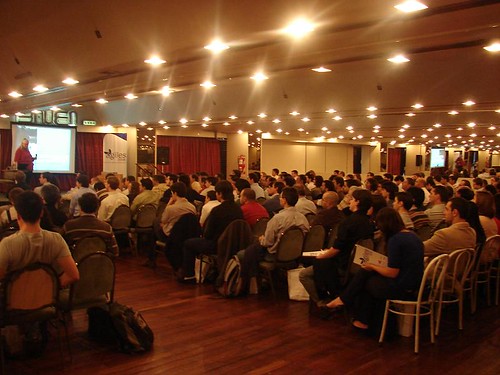
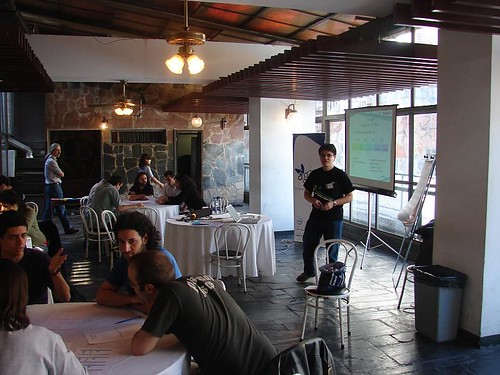

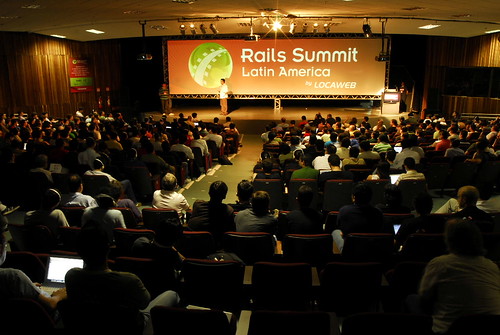

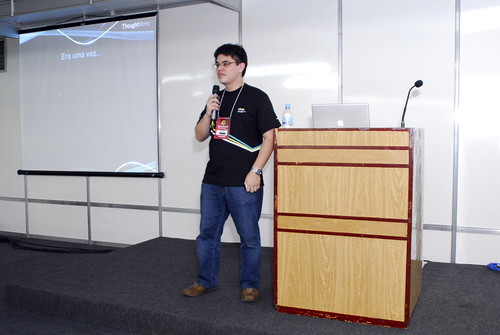
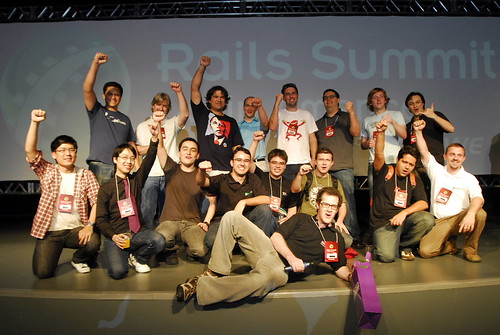
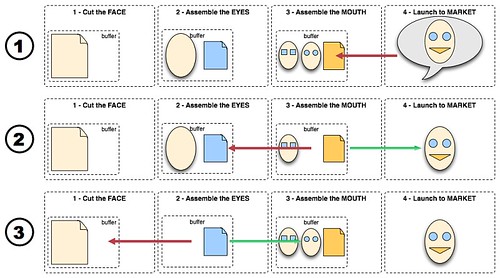




 Twitter
Twitter LinkedIn
LinkedIn Facebook
Facebook Flickr
Flickr